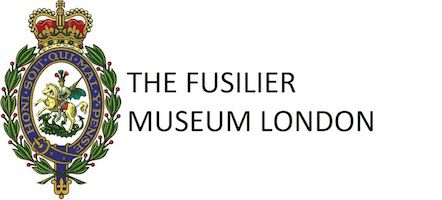On the first day of our work experience placement we were given a detailed tour of the museum exhibition, and were also introduced to the sources we would be working with for the week. These included letters, birth and death certificates of him and his family, photographs and the medals he was awarded for service in World War I and South Africa, including the prestigious Military Cross.
Personal Life
George Edwin Wright was born on 14th May 1875 in his home in St. Leonard, Middlesex. His parents were John Wright and Harriett Wright (neé Tooner) and his father was a French polisher. George married a woman named Florence Harvey when he was 29 years old on 19th October 1904. Florence was 23 at the time, and the couple married in the parish of Dresden.
The couple had two children; their first child was born on the 6th August 1905 in India, and was named George Harrison Wright. He was baptised eleven days later on the 17th August. George Harrison later died of bronchitis on 28th October 1992 and was never married. His younger sister was named Joyce Winifred Wright, and also remained unmarried, so when she died after her brother she bequeathed her father’s belongings to a friend, who later donated them to the museum.
George survived all of his military service, but later died aged 77 on 16th April 1953, after he had retired. Six years later, his wife Florence also passed away aged 77.
Military Service
Positions and achievements
14th January 1898: Enlisted for the army
8th May 1902: Lieutenant colonel
February 1903: Promoted to corporal
12th September 1904: Sergeant at the age of 29.
29th January 1915: Appointed Warrant Officer
27th March 1915: Becomes an officer in the land forces, as a Second Lieutenant
George won three of these medals during his WWI service, and two from his service in South Africa. He also won the Military Cross, and the leaf on the medal on the far right represents that he was mentioned in dispatches.
We would like to thank the Fusilier Museum for giving us this opportunity to experience work in an archive, particularly Stephanie Killingbeck and Clara Kamellard for helping us along the way and proving expert information when we had gaps in our knowledge.
